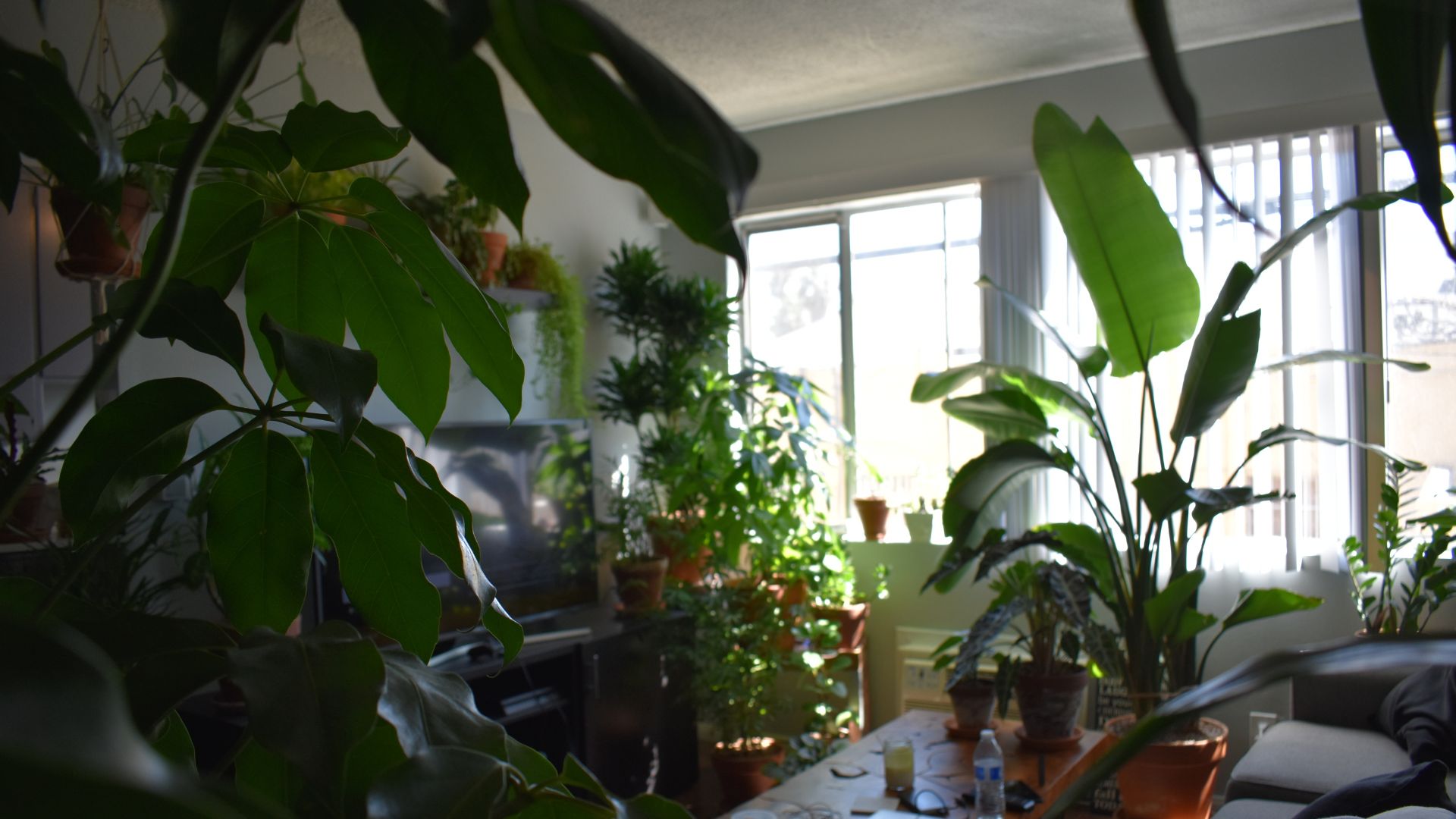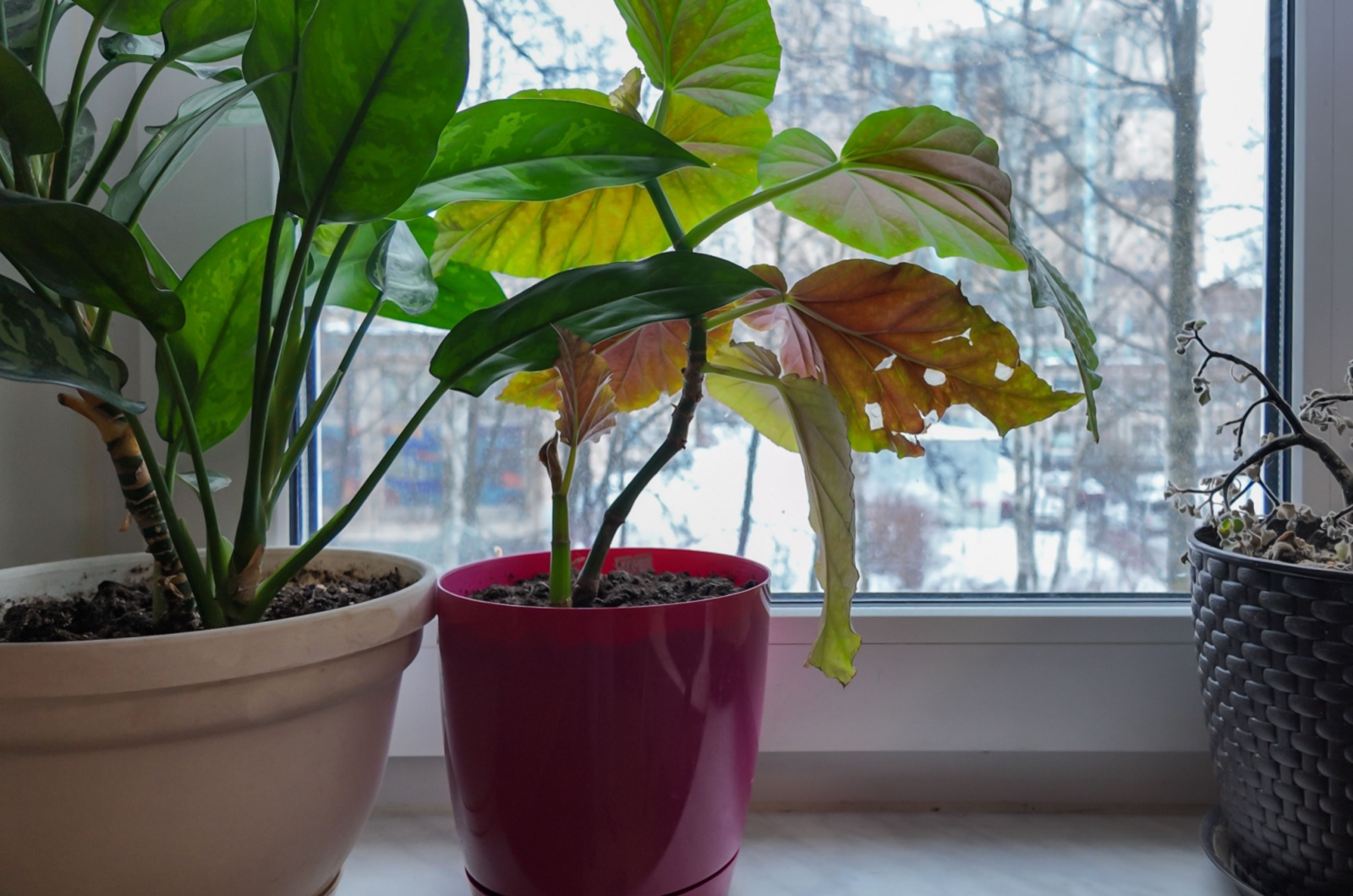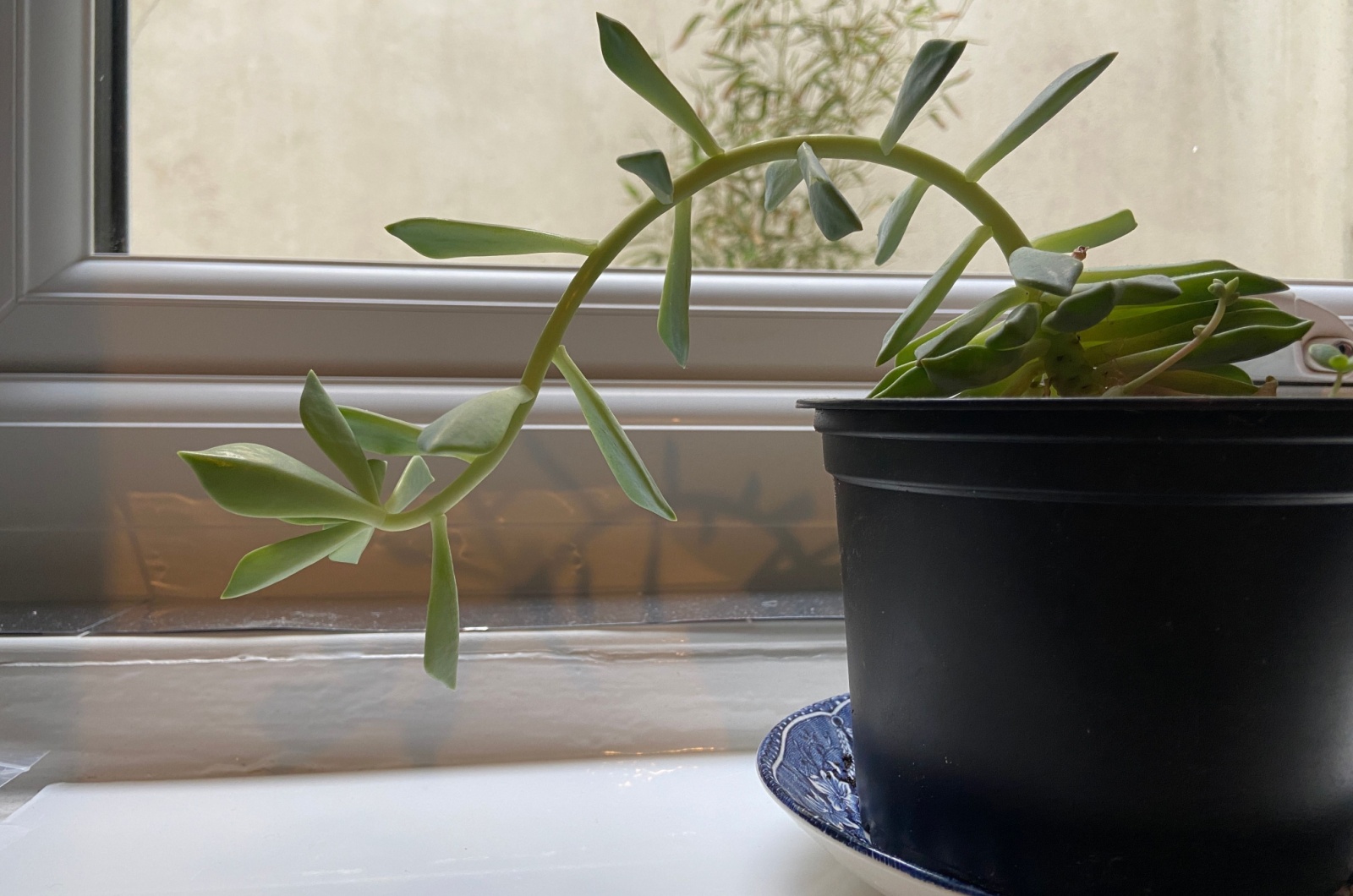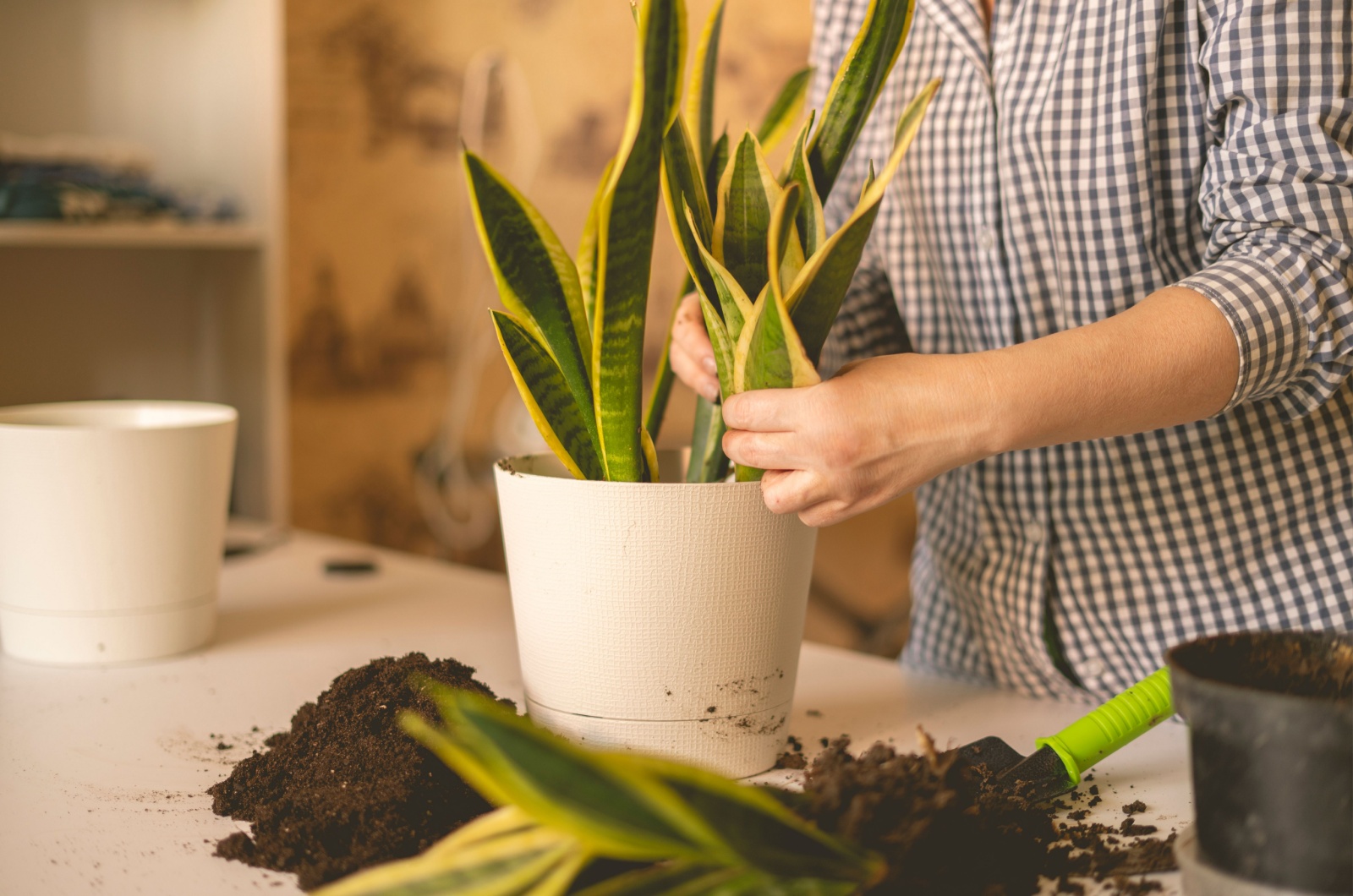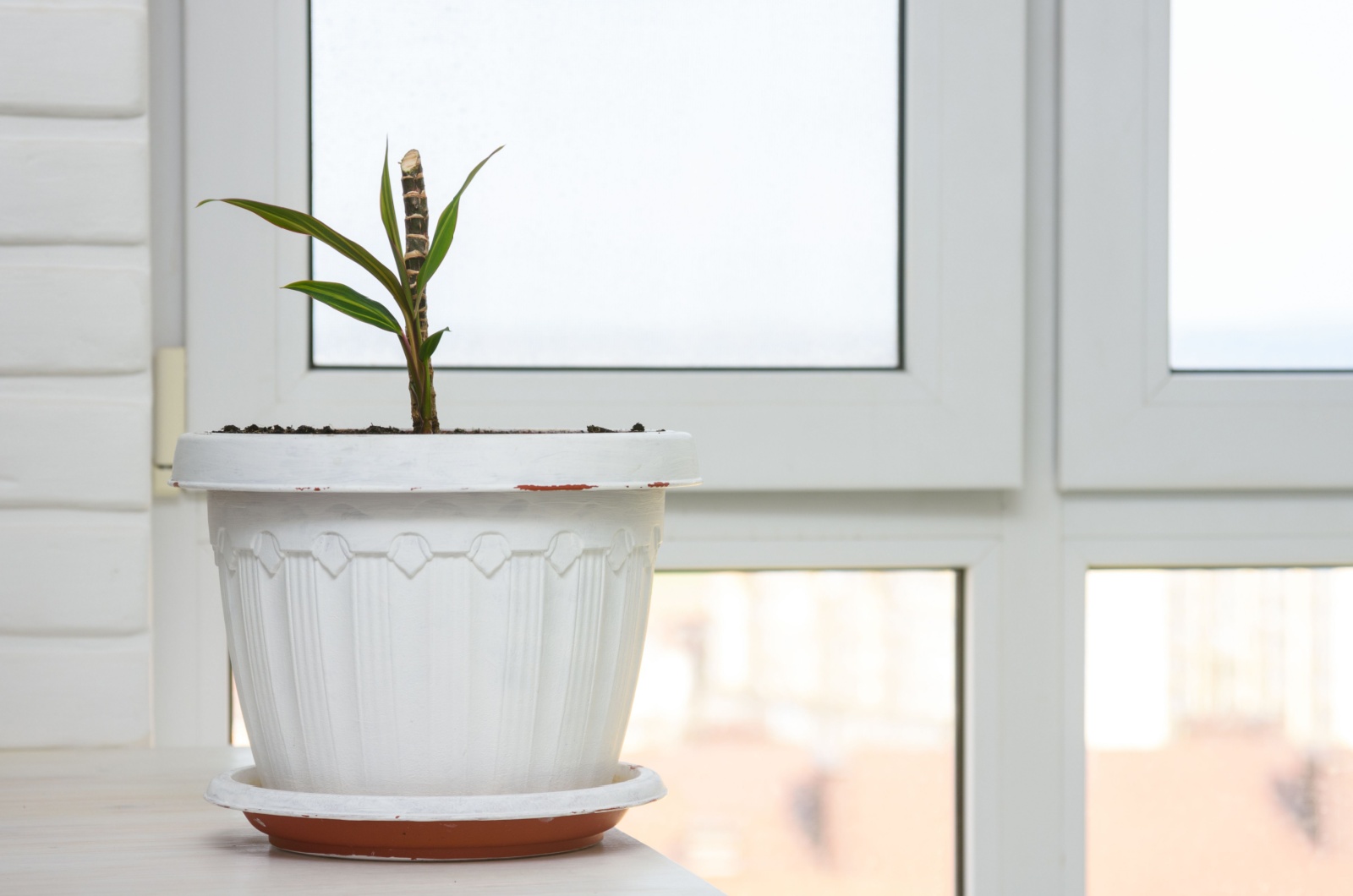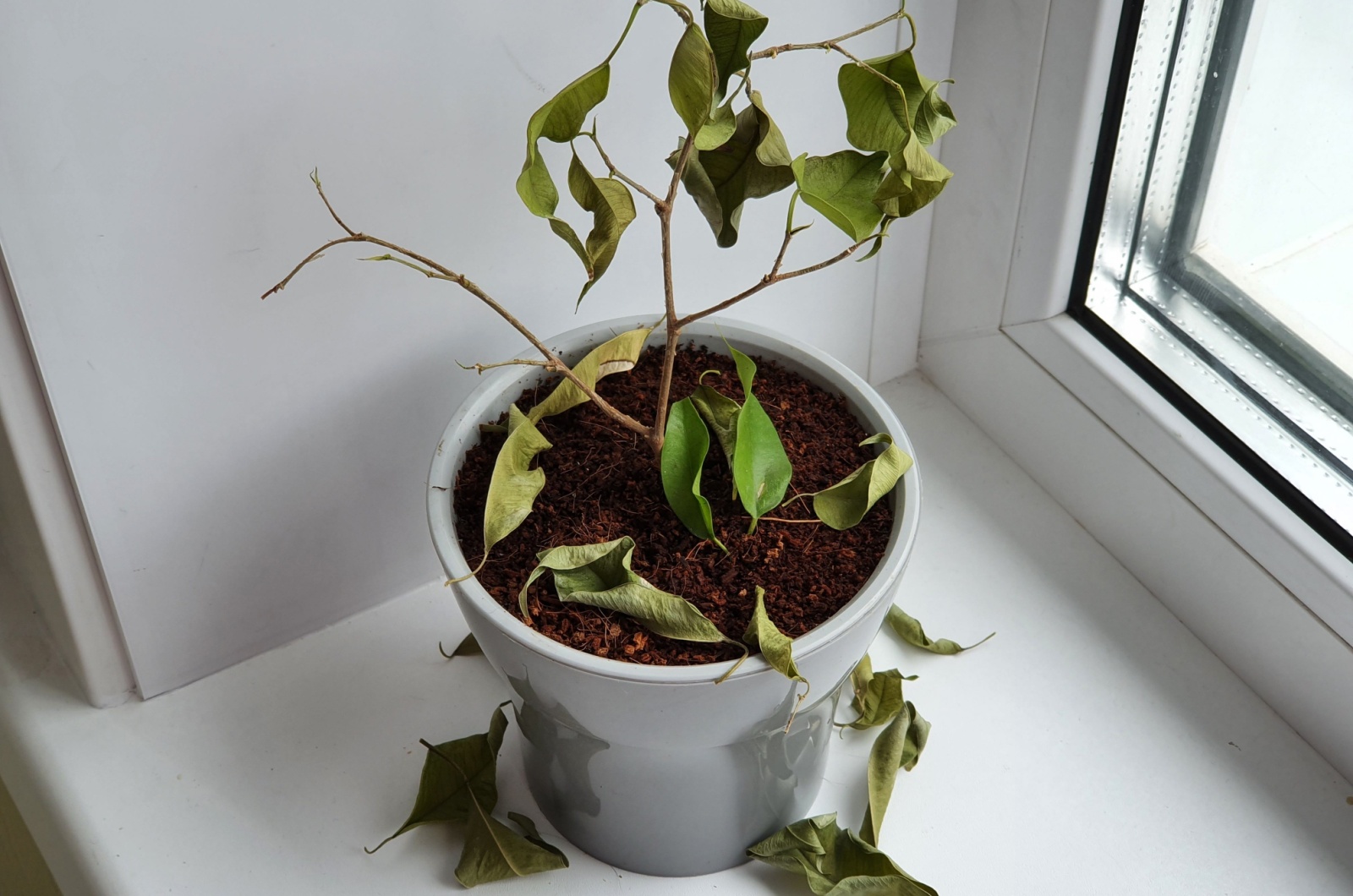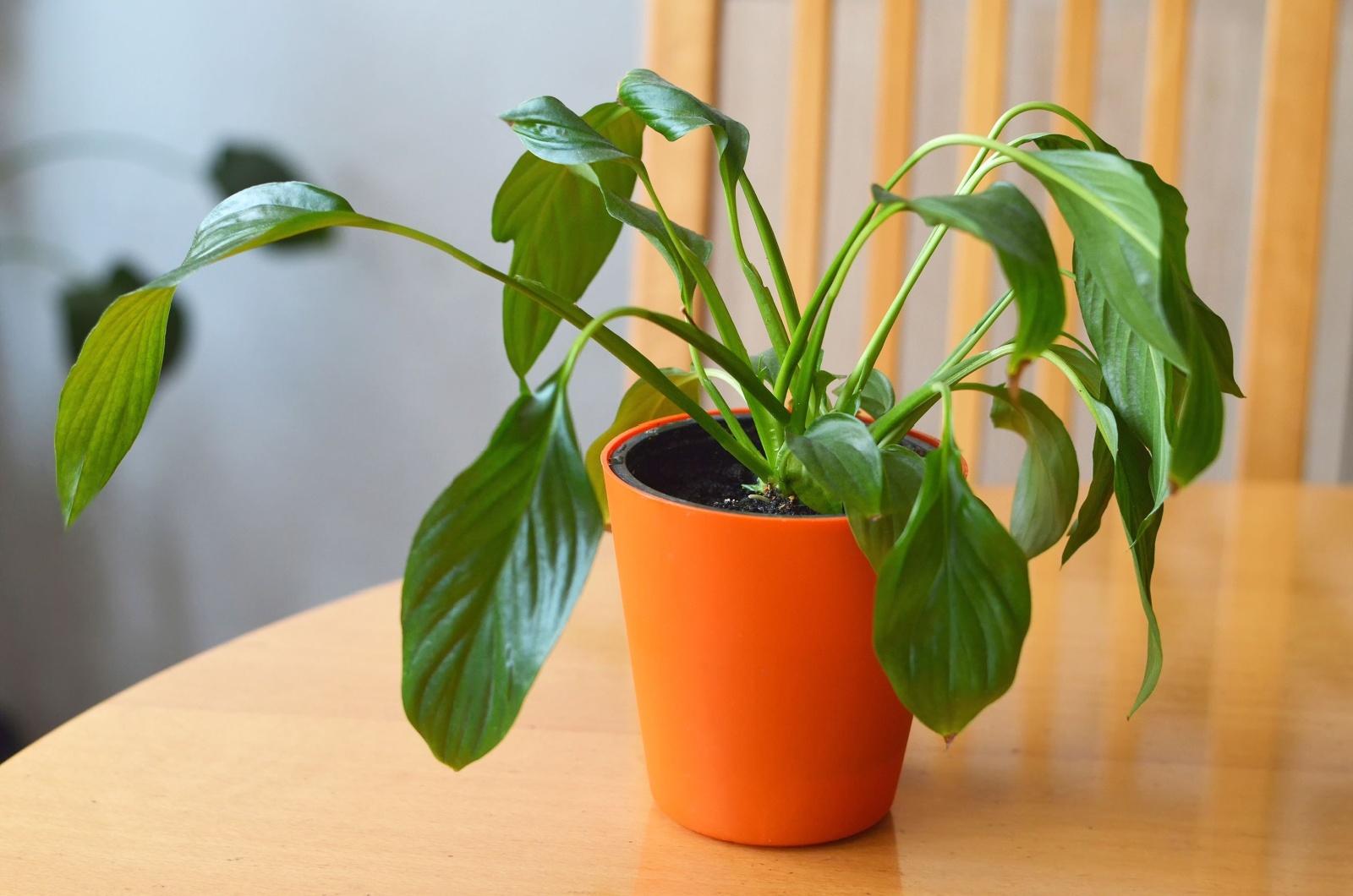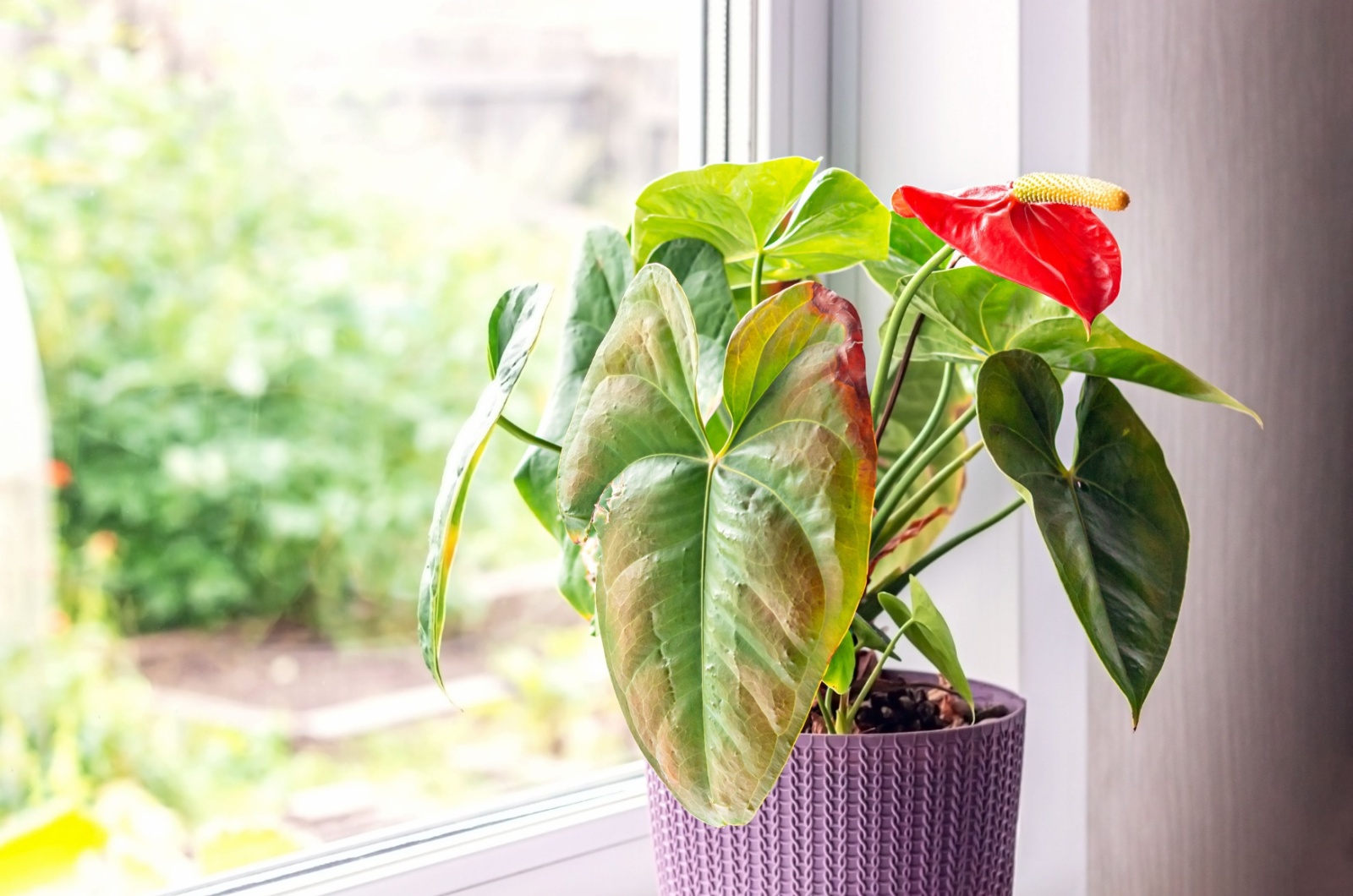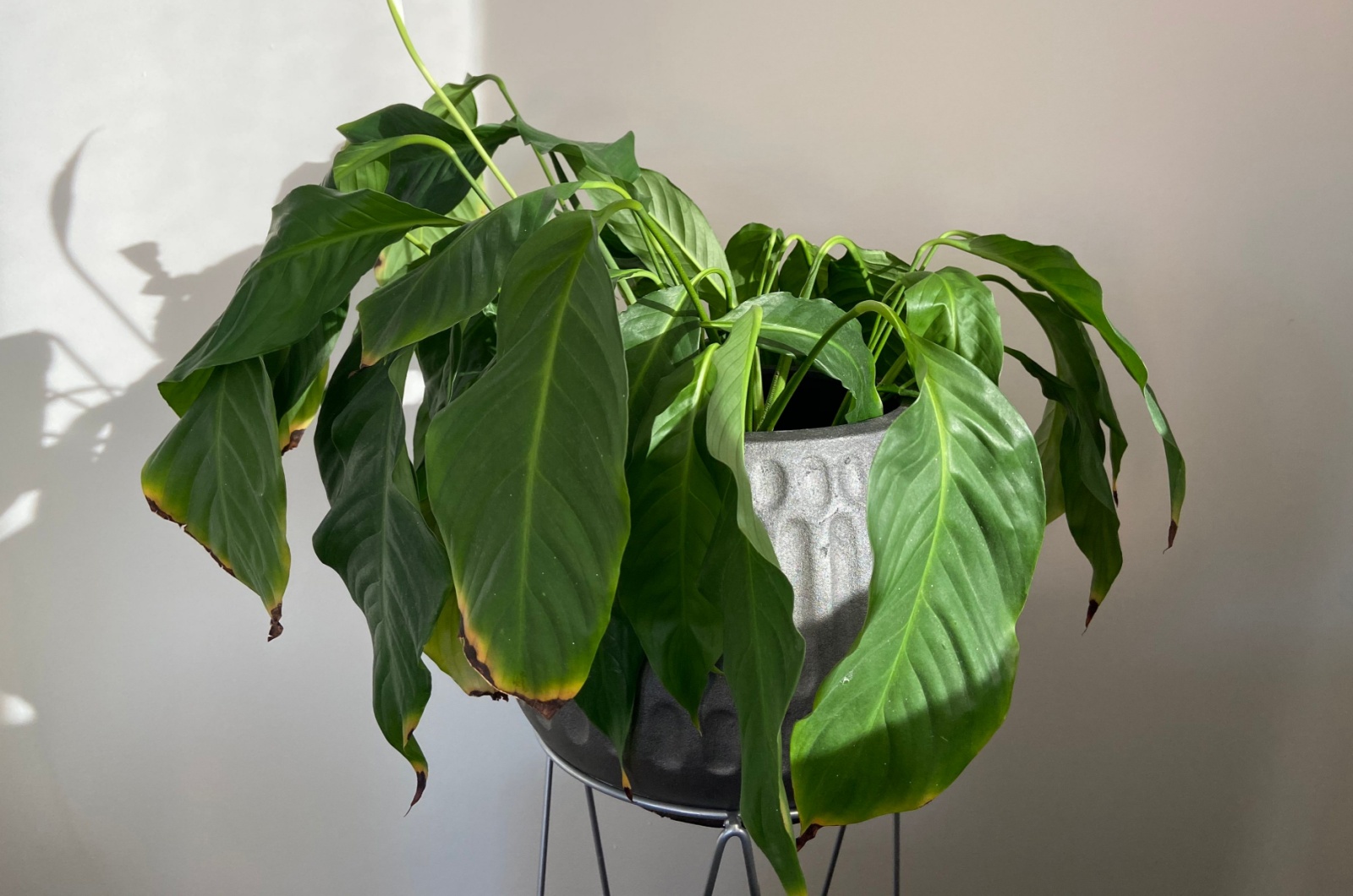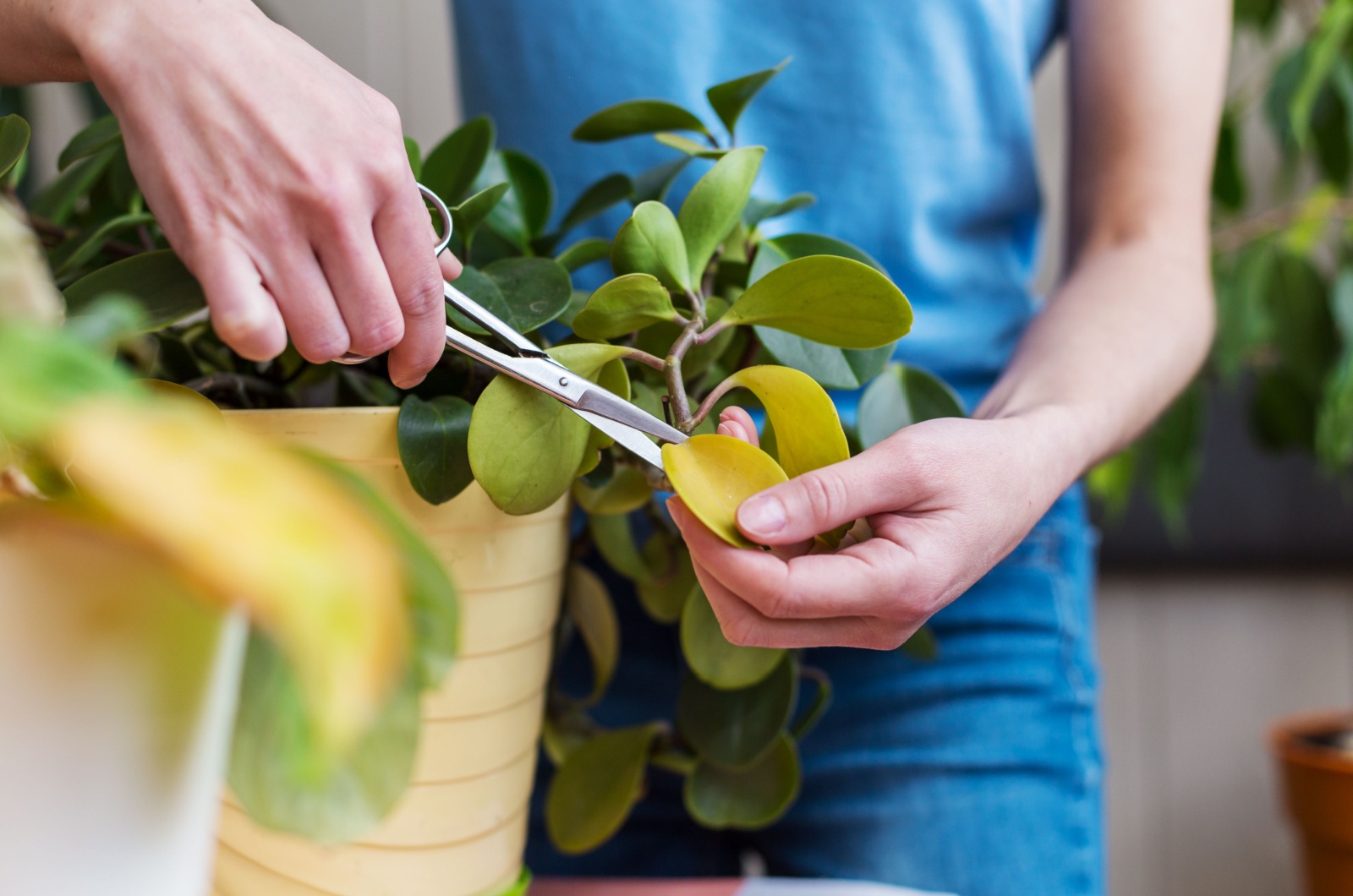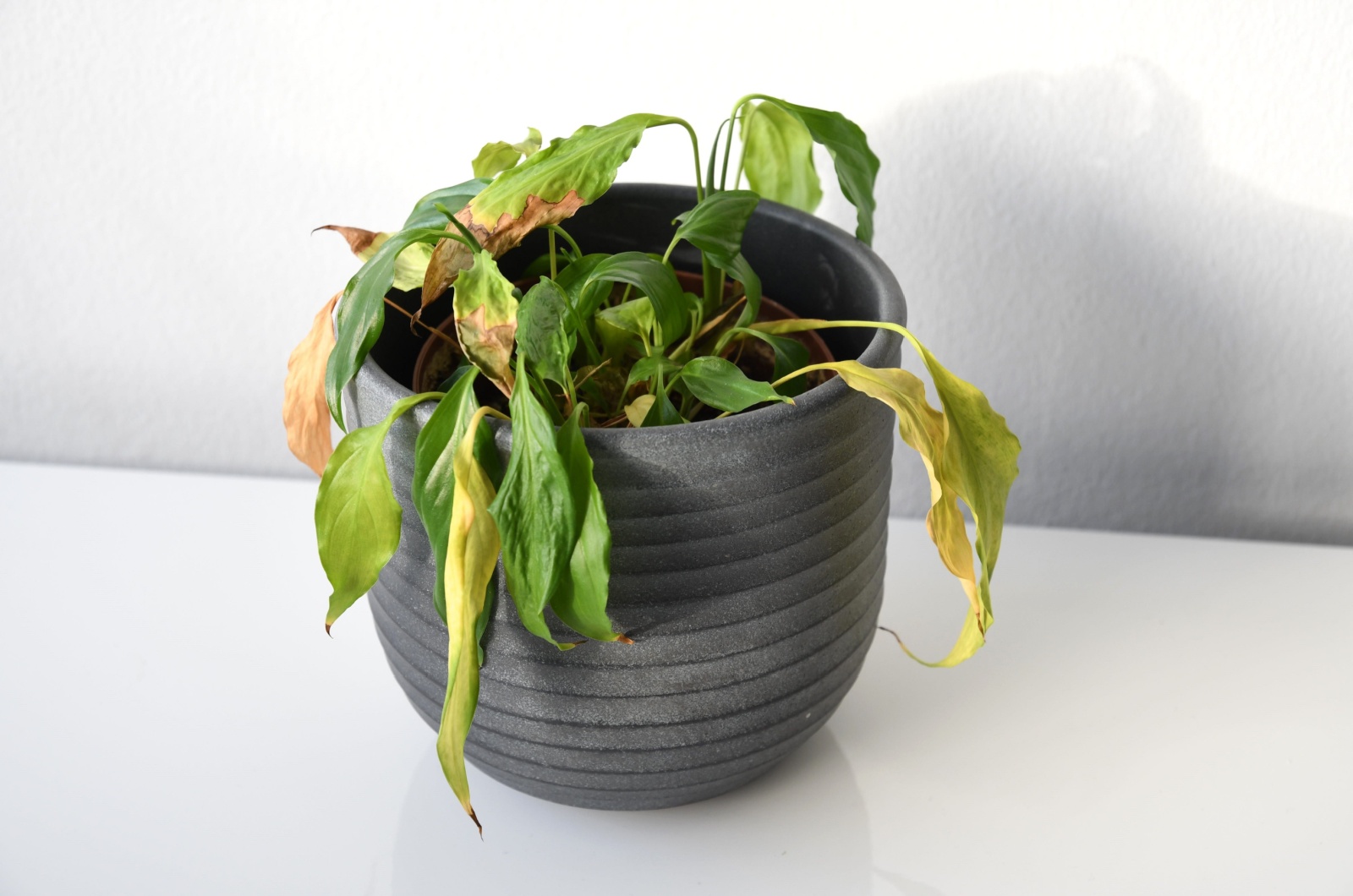Have you ever stared at your plant, wondering what cosmic force is making it look so… defeated?
You’ve got the right soil, the perfect container, and your watering routine is on point, yet your plant still refuses to thrive.
Trust me, I’ve been there. My beloved plant was once a natural art piece, and now it looks like it needs a support group. After countless trials, errors, and some serious introspection, I finally realized it wasn’t me – it was the sun, or rather, the lack of it.
If you’re clueless about why your green friends are looking glum, here are 10 laughably relatable signs your plant desperately needs more sunlight.
1. The Great Green Fade
If your once vibrant plant has turned fifty shades of sad, it’s crying out for more sunlight. Take my coleus, for example. It went from being a lively burst of color to a faded, tired-looking plant, sitting sadly on my kitchen windowsill.
Solution: Move your plant to a brighter spot where it can soak up some sun. If natural light is limited, consider using a grow light to give it the boost it needs.
2. Leggy And Unlovely
Plants doing stretching exercises? They’re sun-deprived! Mine looked like they were in a yoga class gone wrong, all leggy and desperate.
Solution: Move them closer to a window where they can bask in more sunlight. If that’s not possible, a grow light can work wonders in helping them regain their strength and stature.
3. The Soil Saga
One day, while on a mission to check on my distressed darlings, I discovered my decade-old snake plant in crisis. It had a droopy leaf that screamed “HELP!” and soil so damp it could double as a swamp. Overwatering in a dim spot was the culprit.
Solution: Check the soil moisture before watering, especially in low-light conditions. Allow the soil to dry out between waterings and consider repotting with fresh soil if mold or rot is present. Relocate the plant to a brighter area to help the soil dry out faster.
4. Condensation Catastrophes
Those mystery puddles under your plant pots? Yup, another sign of poor lighting. I found my answer with nifty plant coasters lined with leather.
Solution: Use absorbent mats or coasters under your pots to catch excess moisture. Ensure your plant is in a well-ventilated, brightly lit area to help with evaporation.
5. Growth In Strike
My ficus goes from flourishing in summer to barely hanging on in winter. It’s like it goes into hibernation whenever the sunlight disappears.
Solution: Supplement natural light with a grow light during the darker months. Position the plant where it can get the maximum amount of available light, even if it means moving it around with the seasons.
6. Bloom Dilemma
If your flowering plants are acting like drama queens and refusing to bloom, they need more sun. My Peace lily, for instance, seems to think it’s funny to flower only when it’s least expected.
Solution: Place flowering plants in the brightest spot possible, ideally where they can get several hours of direct sunlight each day. Regularly rotate the pot to ensure all sides of the plant get light exposure.
7. Color Catastrophes
Moving my anthurium from a bright window to a dim fireplace nook resulted in brown, crispy leaves. Any weird leaf coloration is a plant’s SOS signal for more light.
Solution: Move the plant back to a brighter location. Trim off the damaged leaves to encourage new, healthy growth. Monitor the plant closely and adjust its light exposure as needed.
8. Stem Struggles
My Devil’s ivy has one sturdy stem and one that’s practically a noodle. The difference? Sunlight.
Solution: Ensure even light distribution by rotating your plants regularly. Position them so that all sides get equal exposure to light, preventing one-sided growth.
9. Foliage Frustration
Top leaves puny while the bottom ones are thriving? Low light could be to blame. My plants’ top leaves looked so miserable, I almost felt like they needed a therapist.
Solution: Increase the overall light exposure for your plant. Consider using a full-spectrum grow light to ensure all parts of the plant receive adequate lighting. Prune unhealthy leaves to encourage new growth.
10. Overall Appearance
Sometimes, a plant just looks plain sad, like my Chinese tree that seemed to have given up on life. Its drooping leaves and gloomy appearance made it seem as though it had lost all hope.
Solution: Relocate the plant to a brighter spot immediately. Ensure it’s getting enough indirect light if it can’t handle direct sun. Regularly clean the leaves to allow maximum light absorption and monitor for any signs of recovery.

